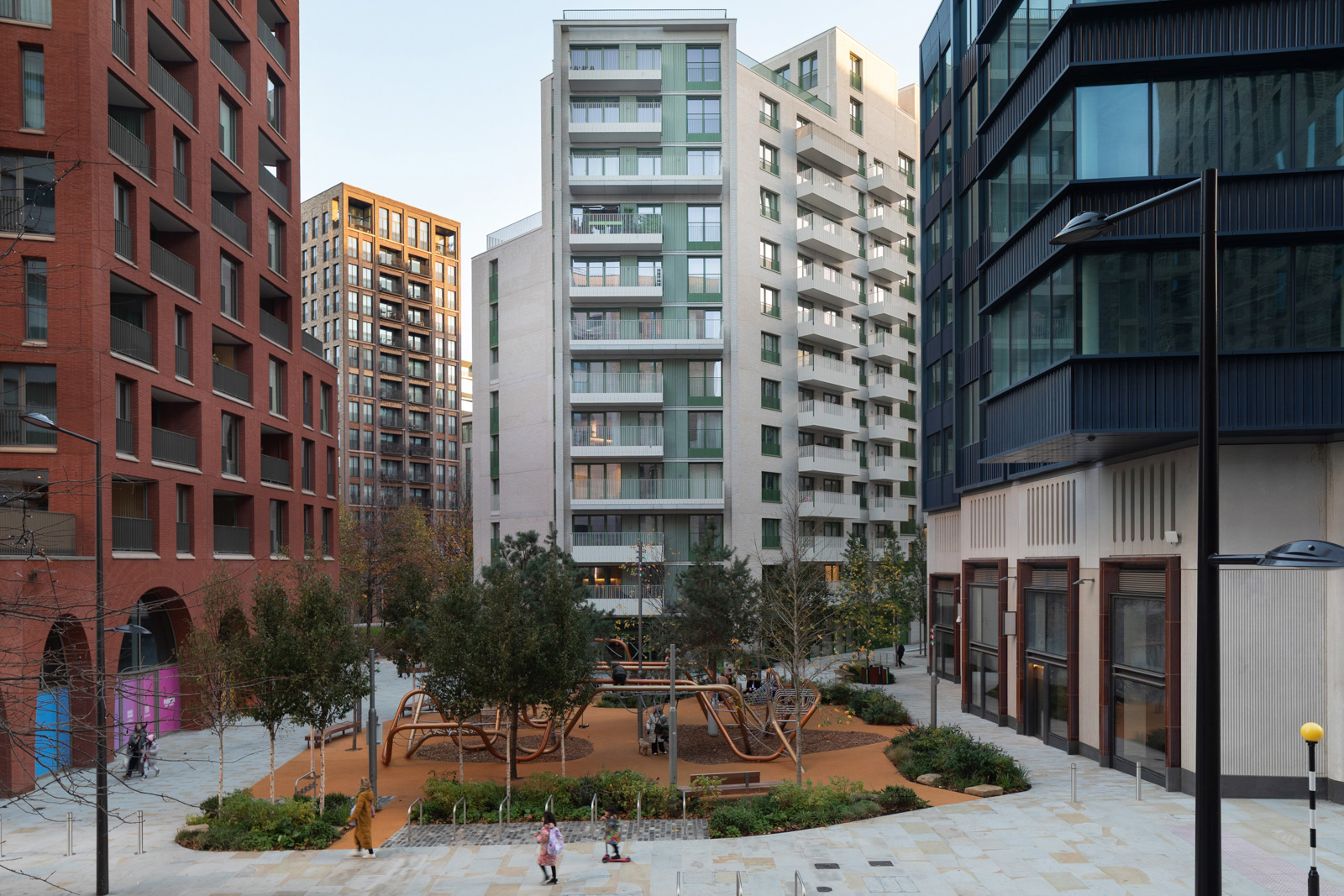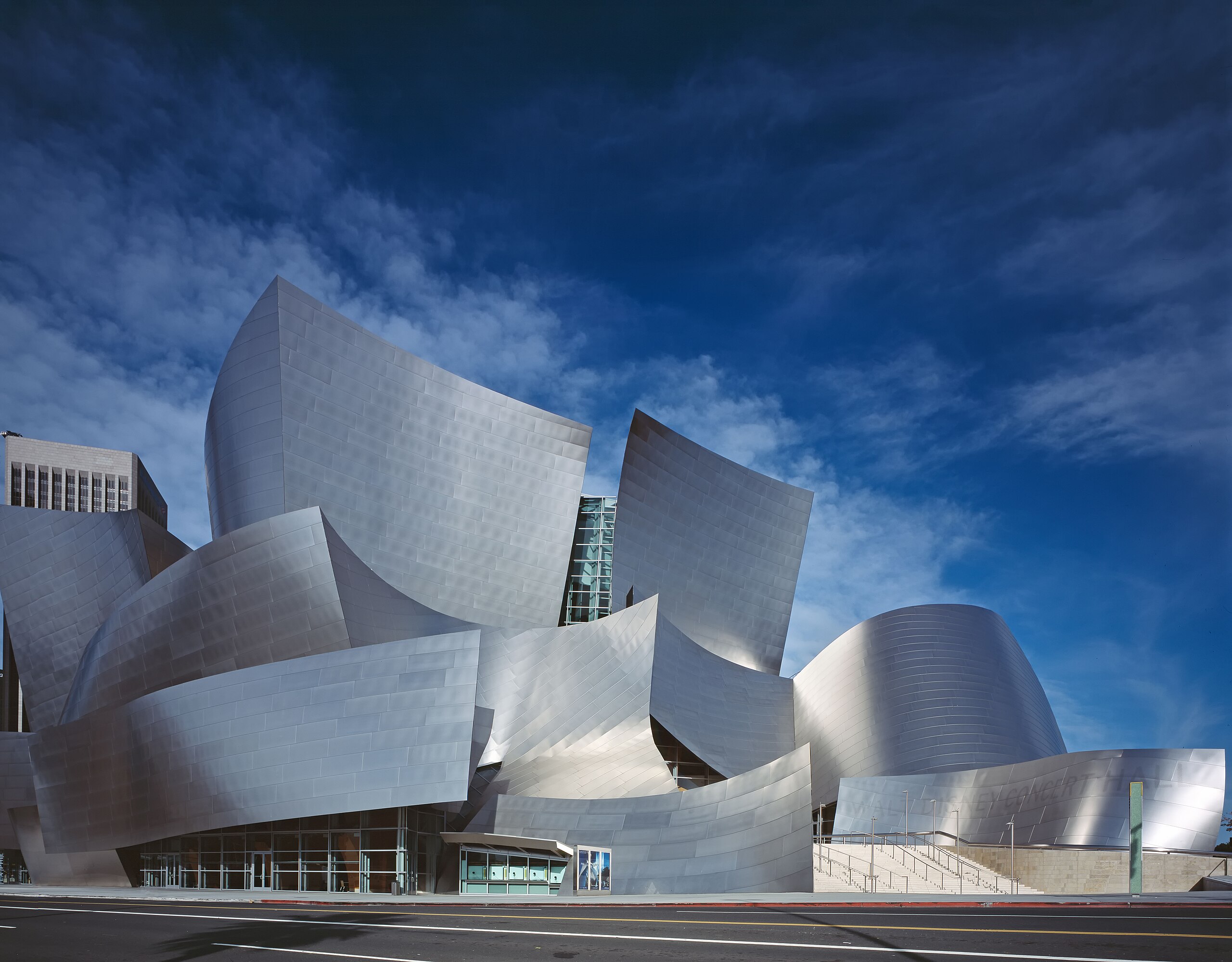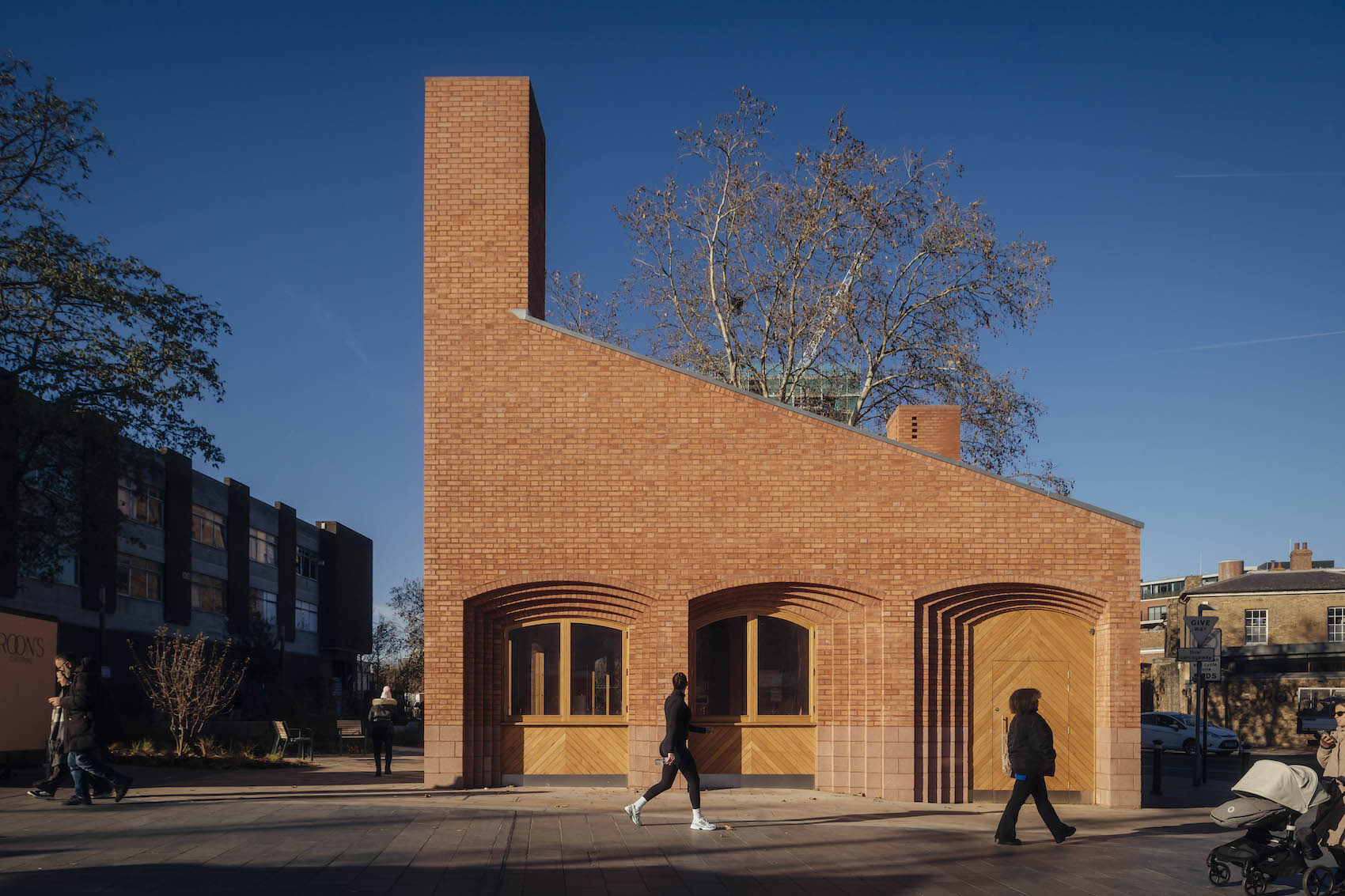Projects by Haworth Tompkins, ritchie*studio, and Tim Ronalds Architects, have been named as finalists in the Education category for the 2024 Architecture Today Awards.
RCA Battersea by Haworth Tompkins, 2015. Credit Philip Vile
Supported by AccuRoof, the Brick Development Association, Leviat, The Concrete Centre, Total Synergy, and VMZINC, the over-arching aim of the awards is to engender a focus on building performance evaluation and shared learning that is essential if we are to bring about the step change in performance the industry so desperately needs.
AT’s Awards Committee has shortlisted 31 buildings across ten categories: Education; Healthcare; Hospitality, Sport & Leisure; Individual house; Infrastructure & Public Realm; Mixed use & Retail; Religion & Culture; Residential; Workplace and International.
This year also saw the second iteration of the AT Awards Student Prize, sponsored by VMZINC, for projects that tackle the retrofit or reuse of an existing building and/or explicitly address issues relating to long term performance, adaptability, demountability and reuse. Three projects from students across three different universities have been chosen as finalists, all of which you can see here.
Each project team will present to our expert jury at a day of live crits on 18 September 2024 at The Building Society in London.
The winners of the Architecture Today Awards will be announced at a party at Battersea Power Station on 21 November 2024.
Photos by Philip Vile & Richard Haughton
RCA Battersea by Haworth Tompkins, 2015
London, SW11
The RCA Battersea Campus, including the Dyson, Woo, and Painting School buildings, was completed in phases from 2012 to 2016, adding 7,300m² to the Kensington site. It accommodates printmaking, photography, metalwork, and ceramics and glass programs with workshops, studios, a lecture theatre, gallery, and retail space. Conceived as a creative ‘factory,’ the functional design features exposed insitu concrete. Collaboration between disciplines is encouraged through open circulation and visible creative processes. The adaptable buildings support an evolving creative program, expanding student cohort, and new technology without major alterations, ensuring the project’s success.
Photos by Philip Vile
Malthouse Theatre by Tim Ronalds Architects, 2019
Canterbury
The Malthouse was acquired by King’s School, Canterbury, in 2011. In 2012, Tim Ronalds Architects won a competition to convert it into a 300-350 seat theatre with flexible stage and seating, drama and dance studios, art exhibition spaces, a foyer, bar, dining hall, and classrooms. Originally built in 1898 for Mackeson’s brewery, it was later used by a car dealership. By 2011, it had lost much of its character and was in poor repair. King’s saw this as an opportunity to create a performing arts centre for both the school and the city, offering more space and facilities than a new build.
Photos by Adam Scott
Royal Academy of Music – Susie Sainsbury Theatre and Angela Burgess Recital Hall by ritchie*studio, 2018
London, NW1
On a tight urban site in the Regents Park Conservation Area, the Royal Academy of Music project reveals new spaces: The Susie Sainsbury Theatre, The Angela Burgess Recital Hall, percussion studios, a jazz room, audiovisual control room, and refurbished practice rooms.
The Theatre, designed for natural and electronically-enhanced acoustics, increased seating by 40 per cent with a new balcony, orchestra pit, stage wing, and fly tower. Early planning allowed the addition of the 100-seat recital hall, acoustically isolated, oak-lined, and lit by a central oculus. It supports research events, summer schools, lectures, and receptions, giving the Academy a crucial revenue stream.






































